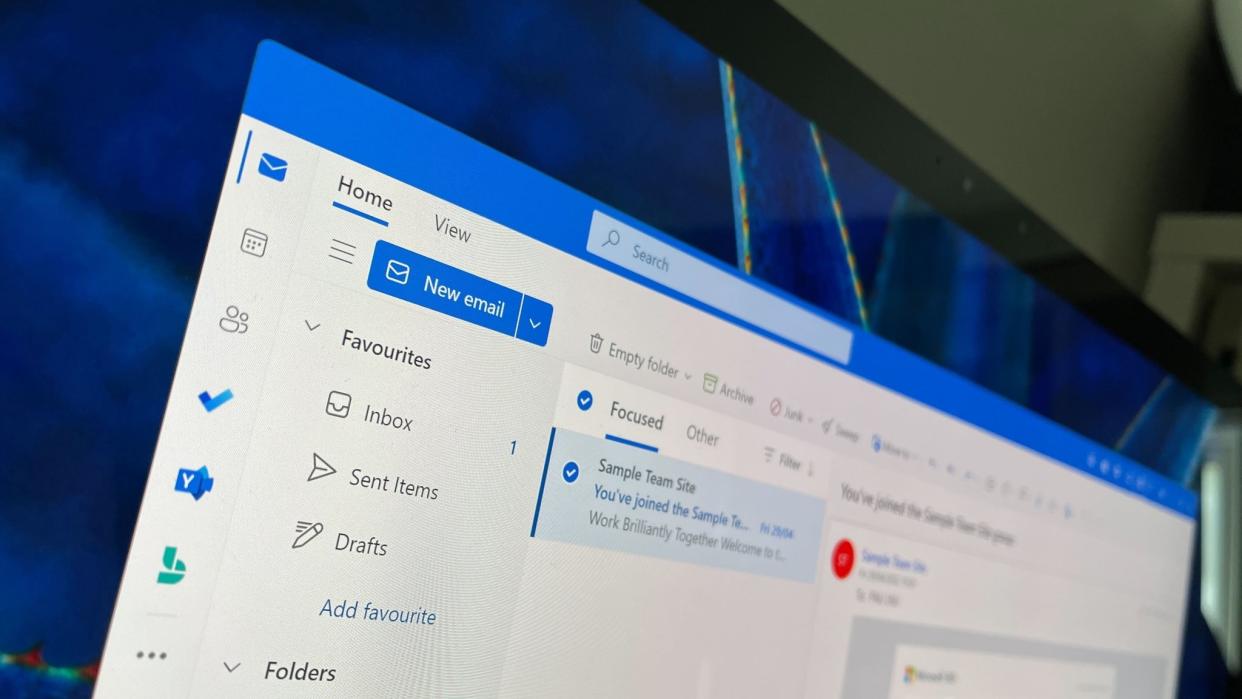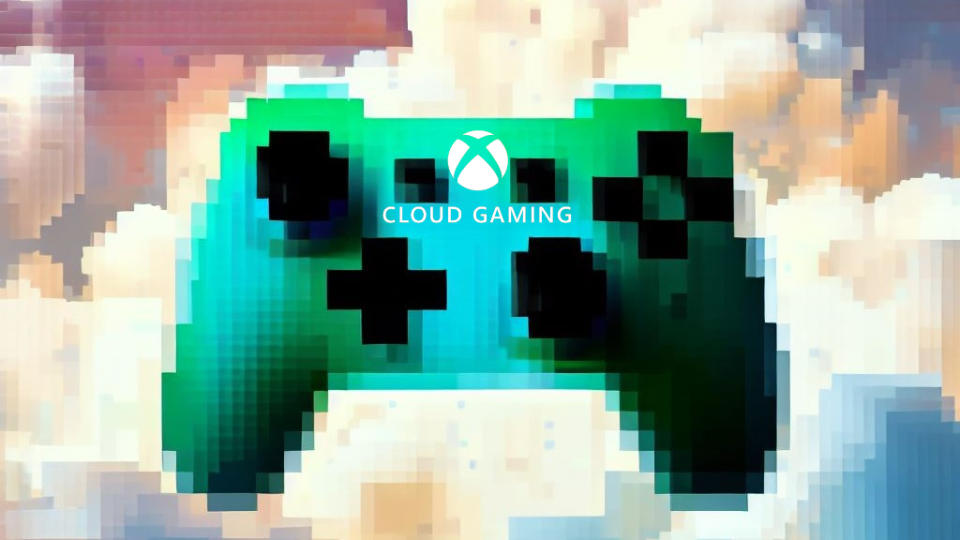Microsoft is set to pull the plug on Exchange Web Services (EWS) — here's the cutoff date

What you need to know
Microsoft is set to retire Exchange Web Services (EWS) on October 1, 2026, after which it will WS requests from non-Microsoft apps to Exchange Online.
The change won't impact EWS in Exchange Server, as it only applies to Microsoft 365 and Exchange Online (all environments).
EWS components will continue to receive security updates and certain non-security updates, but the product design and features will remain the same.
Despite the Exchange Online changes, Outlook for Windows or Mac, Teams, or any other Microsoft product will continue to run as usual.
Microsoft has advised users to transition to Microsoft Graph to avoid any inconveniences.
For those unfamiliar with Exchange Web Services (EWS), it's a cross-platform API designed to allow apps to "access mailbox items such as email messages, meetings, and contacts from Exchange Online, Exchange Online as part of Office 365, or on-premises versions of Exchange starting with Exchange Server 2007," as described by Microsoft.
While the API is quite useful, Microsoft's Exchange Team recently announced that it's set to retire it in the next three years. This shouldn't come as a surprise. In 2018, the company announced it would no longer ship feature updates to Exchange Web Services (EWS) in Exchange Online.
Massive Xbox leak

- Microsoft's initial thoughts on PS5
- Xbox Elite Controller Series 2 under $100
- Panos Panay leaving Microsoft
- Microsoft wants to buy Nintendo
- Leak gives glimpse of the future of Xbox
As of October 1, 2026, Microsoft is set to start blocking EWS requests from non-Microsoft apps to Exchange Online. However, it's worth noting that this change will only apply to Microsoft 365 and Exchange Online (all environments).
Microsoft confirmed that this change won't impact EWS in Exchange Server. Outlook for Windows or Mac, Teams, or any other Microsoft product will continue to run as usual despite the Exchange Online changes.
The company further added that it will continue to ship security updates and certain non-security updates to the EWS components, but the product design and features will remain untouched. EWS Software Development Kits (SDKs) will also be impacted by this change, including Java and .NET.
Despite today’s announcement, EWS is still available and supported for use in production environments. But we strongly suggest migrating to Microsoft Graph to access Exchange Online data and gain access to the latest features and functionality.
Microsoft Graph to the rescue

While there's still a substantial amount of time left until Microsoft pulls support for Exchange Web Services (EWS), developers are advised to transition to Microsoft Graph to avoid any inconveniences.
Microsoft highlighted that it understands that there are "several feature gaps" between EWS and Microsoft Graph and further added that it is working towards bridging them. However, the company stated that it's possible that not all features will make it to Microsoft Graph.
The Microsoft Exchange Team listed the following feature gaps as the most frequently reported by developers:
Access to Archive Mailboxes – We are working on delivering access to archive mailboxes via Microsoft Graph and will provide an updated timeline in the coming months.
Folder Associated Information / User Configuration – We are working on these features and will provide an updated timeline in the coming months.
Exchange Online Management – We are investigating solutions for this and will provide an updated timeline in the coming months.
Access to Public Folders – We are reviewing the need to provide third-party app access to Exchange Online public folders via the Graph API and are interested in hearing from customers and partners who build solutions that use public folders, other than backup and restore solutions. If you are willing to share details on how you use EWS with public folders, we’d love to hear from you, and you can reach us at EWSandPFfeedback@microsoft.com.


